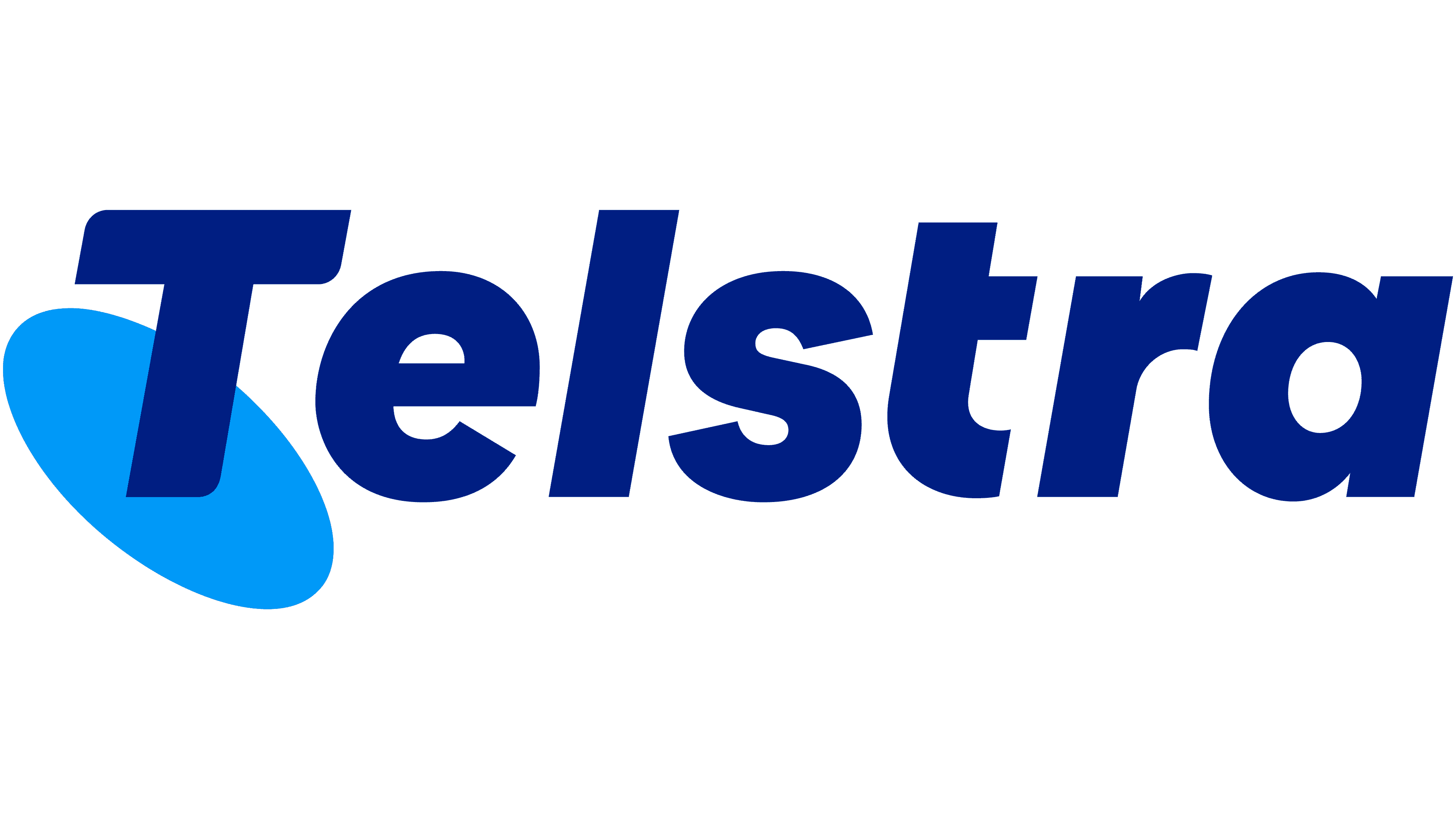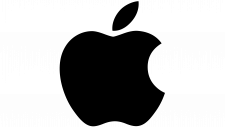Telstra Logo
Telstra, a prominent Australian telecom giant, primarily operates in telecommunication and information services, offering mobile, internet, and TV solutions. The company, initially a government enterprise, has since partially privatized, with mixed ownership including public shareholders and significant government stakes. Focused mainly on the Australian market, Telstra is known for its extensive network coverage and ongoing investments in cutting-edge technologies like 5G. This blend of public and private ownership, alongside a strong domestic focus, positions Telstra as a key player in Australia’s digital landscape.
Meaning and history
Telstra Corporation Limited, an Australian telecommunications powerhouse, has a rich history marked by significant transformations in ownership and operations. Established initially as a division of the Australian Post Office (APO) in 1975, Telstra was born out of a government initiative to segregate postal and telecommunications services.
In its early years, Telstra, then known as Telecom Australia, monopolized the telecommunications landscape in Australia. It was wholly owned by the Australian government and was responsible for domestic telephony and basic telecommunications services. During this period, the company focused on expanding the telephone network across the vast Australian landscape, a crucial step in connecting the remote and urban areas of the country.
The 1990s marked a turning point for Telstra. The Australian government, embracing market liberalization, embarked on a path of privatization. In 1992, Telecom Australia was rebranded as Telstra Corporation Limited, a move that signified its evolution into a more modern, customer-focused entity. The privatization process began in earnest in 1997, with the government selling off a portion of its stake to private investors. This initial public offering (IPO) was one of the largest in Australian history and signaled a shift in Telstra’s operational dynamics.
Following the IPO, Telstra underwent further privatization in several stages. The government progressively reduced its ownership, eventually retaining only a minority stake. This shift brought about significant changes in the company’s strategic direction, with a stronger emphasis on competitiveness, innovation, and expansion into new markets and technologies.
In the 2000s, Telstra continued to evolve, embracing the digital age. It expanded its services beyond traditional telephony, venturing into mobile networks, internet services, and digital television. The company invested heavily in building a robust, state-of-the-art infrastructure, including the roll-out of the next-generation 5G network, enhancing its service offerings to meet the growing demands of a digitally connected society.
Telstra stands as a semi-privatized entity, with diverse ownership comprising both government and private investors. Its focus has expanded internationally, although its core operations remain deeply rooted in Australia. Telstra’s journey from a government department to a publicly-traded, technologically advanced telecommunications leader reflects the dynamic nature of the industry and the company’s ability to adapt and thrive amidst changing market conditions.
What is Telstra?
Telstra is an Australian telecommunications leader, renowned for its comprehensive network services, including mobile, internet, and television. As a company with a blend of public and private ownership, it plays a pivotal role in connecting people across Australia and beyond. Embracing innovation, Telstra is at the forefront of advancing technologies like 5G, ensuring cutting-edge connectivity for its diverse customer base.
1975 – 1986

The logo depicts a bold, stylized representation of the letter “T” set against a vibrant orange circle. The design is minimalist yet distinctive, with the “T” composed of parallel vertical bars capped by a horizontal line, suggesting a simplified portrayal of telecommunications poles and lines. The font used for “Telecom Australia” is unembellished and utilitarian, in stark black, providing a stark contrast to the bright backdrop. The overall design conveys a sense of connectivity and simplicity, resonating with the company’s role in telecommunications.
1986 – 1993
This logo presents a crisp, modernist design with a starkly geometric take on the letter “T” against a tangerine circle, symbolizing a network node or a communication hub. The typography for “Telecom Australia” is sans-serif, conveying clarity and efficiency, attributes desirable in telecommunications. Compared to the previous logo, the design retains the conceptual framework but opts for a more simplified and contemporary aesthetic, reflecting the company’s evolution and its focus on straightforward, reliable service.
1993 – 1995
This logo showcases a dynamic combination of typography and design, with the word ‘Telecom’ in deep blue with a ‘T’ set against an orange disc, adding a touch of Australian identity. The use of color contrast and the distinct boomerang shape provide a modern and more approachable feel compared to the previous logo. The design reflects a company in tune with innovation, dynamism, and a strong national heritage.
1995 – 1999
The logo features the name “Telstra” in bold navy blue letters, with a distinctive orange element, resembling a boomerang, integrated into the “T”, which adds an element of Australian heritage. Compared to its predecessor, this logo maintains the color scheme but introduces a new name, signaling the company’s rebranding. The boomerang shape is more stylized and fluid, suggesting movement and evolution, reflecting Telstra’s dynamic approach in the telecommunications sector.
1999 – 2006
This logo iteration of Telstra contrasts with the previous by adopting a deep blue background that engulfs the entire frame, giving the iconic orange boomerang and the white lettering a striking pop. The boomerang is now part of the “T” letter, symbolizing connection and movement. This design shift from a white to a blue backdrop symbolizes depth and reliability, further emphasizing the company’s commitment to trust and innovation in telecommunications.
2006 – 2011
Returning to a white background, the Telstra logo here maintains the bold, navy blue typography from the previous version, along with the distinctive orange boomerang forming part of the “T”. This design’s simplification, removing the all-encompassing blue background, offers a cleaner, more versatile visual that could easily adapt across various mediums. This iteration leans towards minimalism, highlighting the brand’s modernity and adaptability within the evolving telecommunications industry.
2011 – 2019
The Telstra logo has evolved into a sleeker, more flowing “T” design, set against a blue disk to symbolize global connectivity.The rest of the letters are in a darker shade of blue, maintaining a clean, sans-serif font. This version signifies a more modern and global perspective compared to the previous logo, where the boomerang was more prominent, indicating a shift from a national to a more international focus in branding.
2019 – 2023
The Telstra logo maintains its iconic blue and white color palette but with a refreshed, more contemporary look. The “T” is now more pronounced and separated from the orb, which has evolved into a fluid, teardrop shape, suggesting flexibility and a forward-thinking approach. This design iteration moves away from the previous globe-like enclosure, opting for openness and a sense of expansion, which could reflect the company’s growth and forward momentum in the global telecommunications landscape.
2023 – Today
The current Telstra logo features a streamlined design with the ‘T’ in a vibrant orange, which smoothly transitions into the blue lettering for the rest of the name. This design is reminiscent of earlier logos with its color scheme, symbolizing the company’s heritage and continuity. The blue is deep and consistent, denoting stability and trust. Compared to the previous iteration, this logo returns to a more traditional look, focusing on clarity and recognizability, indicative of Telstra’s established presence in the telecommunications market.



















